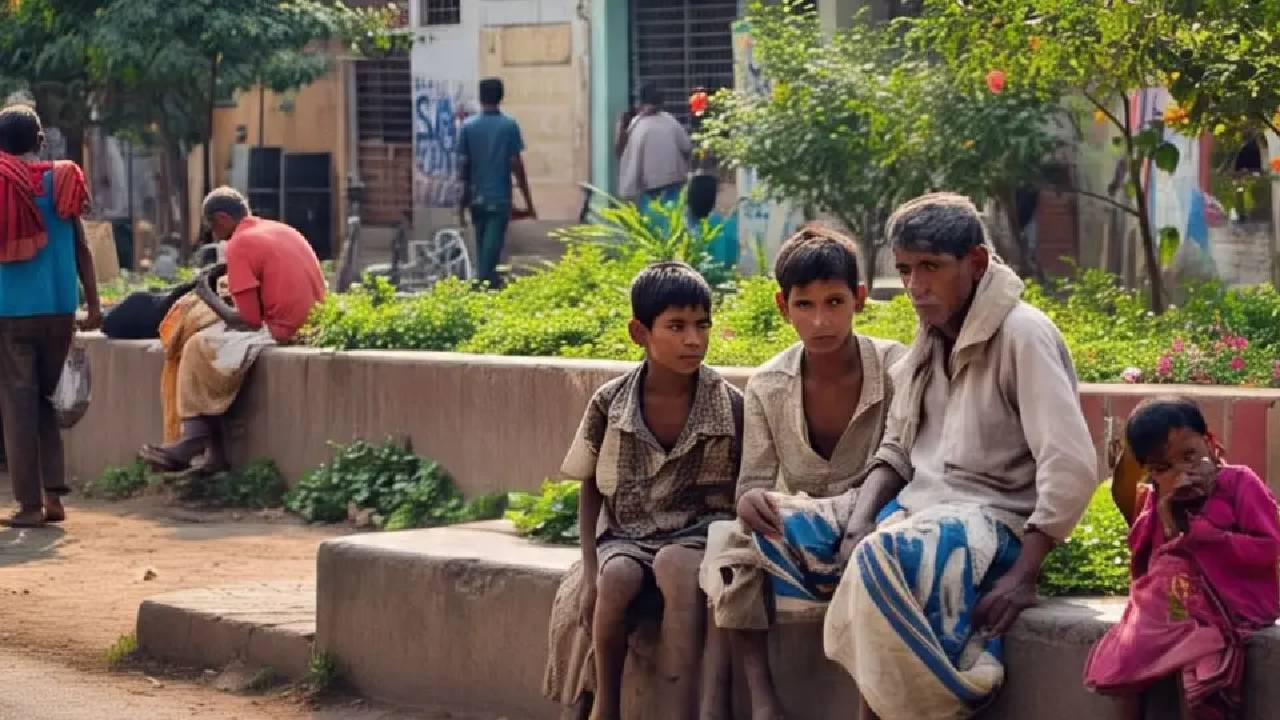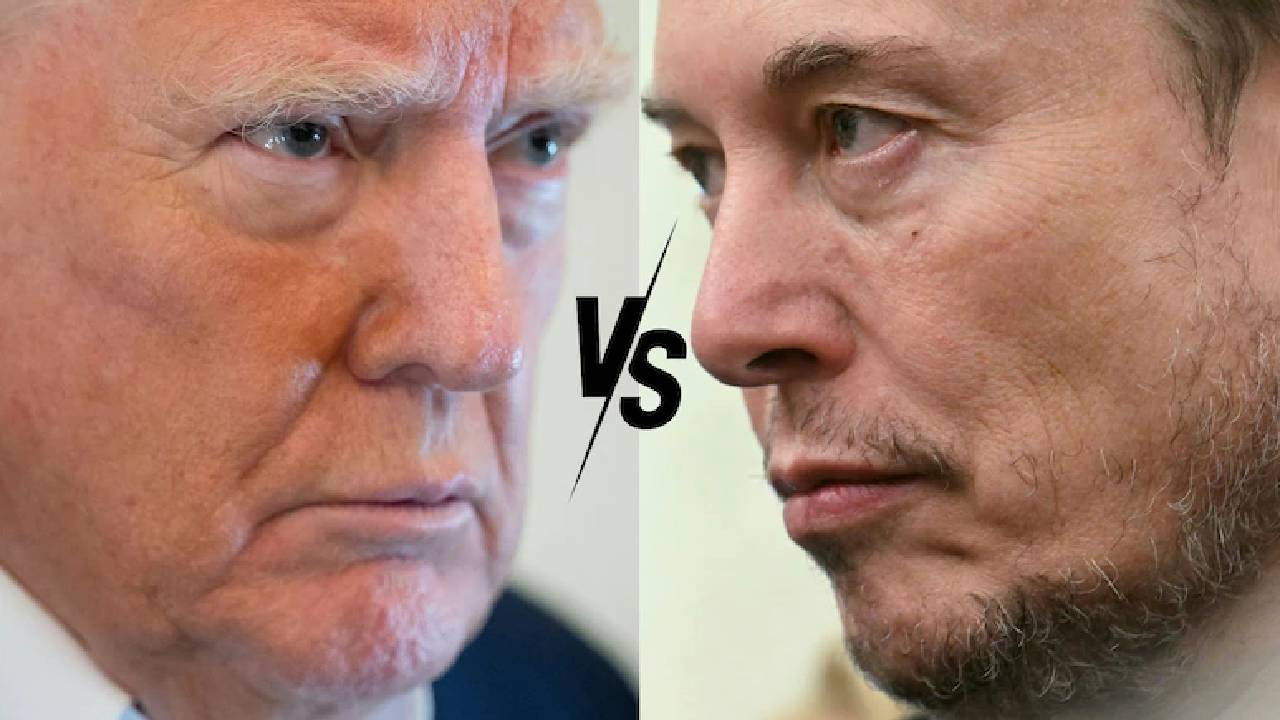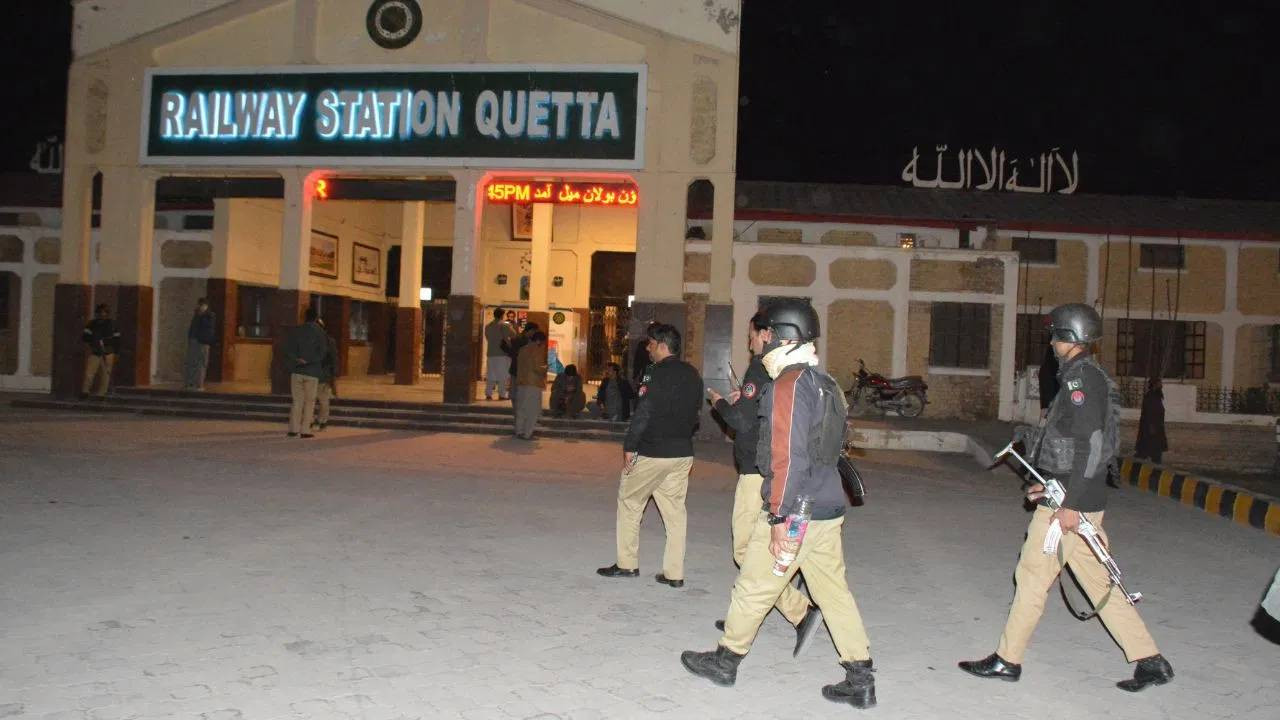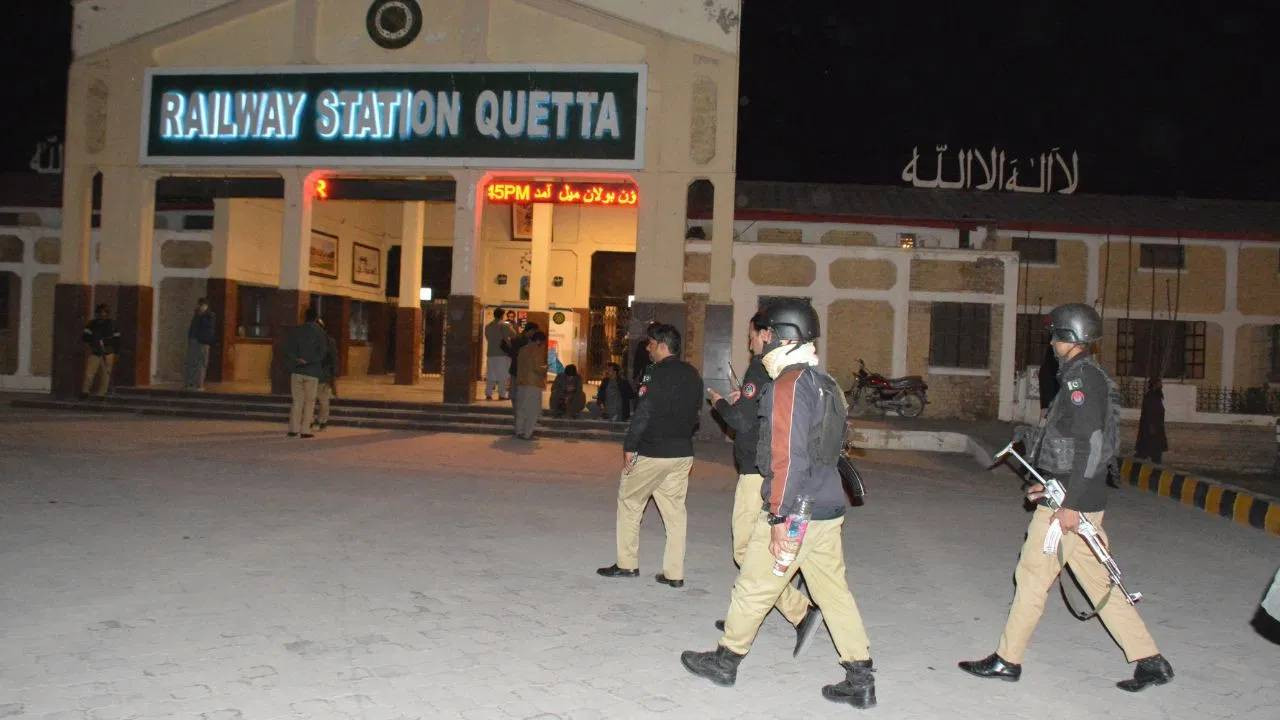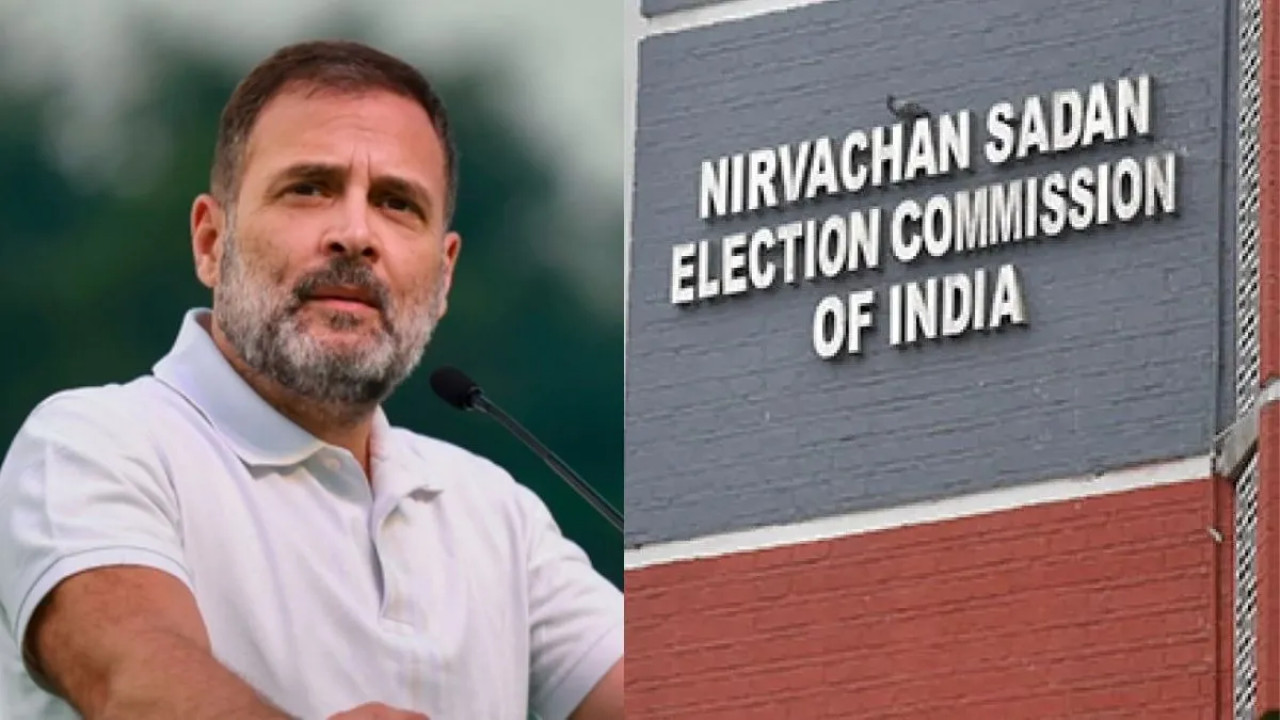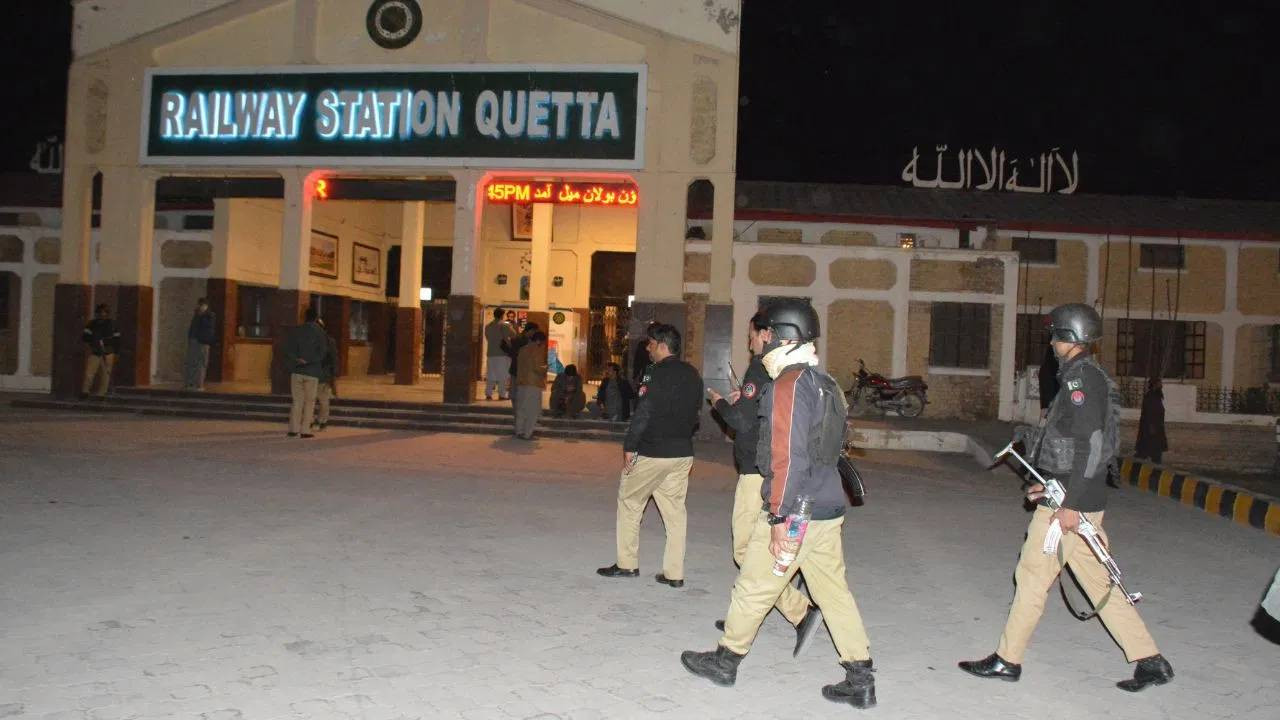Business News: India’s journey toward poverty reduction has been remarkable. According to the latest data, the percentage of people living below the poverty line has dropped from 27.1% ten years ago to an impressive 5.3% in recent years. This progress reflects the combined effect of government initiatives, economic expansion, and social programs aimed at lifting millions out of poverty. The Indian government has implemented several welfare schemes targeting vulnerable populations, such as improved access to education, healthcare, sanitation, and direct financial support. Programs like the Mahatma Gandhi National Rural Employment Guarantee Act (MGNREGA), Swachh Bharat Mission, and various subsidies for food and fuel have contributed significantly.
Economic Growth Fuels Opportunity
Economic growth during the last decade has played an indispensable role in India’s poverty reduction story. The country’s manufacturing sector has expanded significantly, generating millions of new jobs and boosting incomes. Similarly, the rapidly growing service industry—from IT to retail—has created diverse opportunities for both urban and rural populations. Furthermore, government-led digital initiatives like Digital India, combined with widespread adoption of smartphones and the internet, have connected remote areas to financial and social services. This rise in financial inclusion has allowed millions to open bank accounts, access credit, and receive government benefits directly, thereby empowering citizens economically and socially. Overall, these changes have led to enhanced livelihoods and a stronger middle class, accelerating India’s march toward economic prosperity.
Challenges Still Exist
Despite the impressive decline in poverty rates, numerous challenges continue to pose obstacles to fully eradicating poverty across India. Significant regional disparities persist, with some states and rural areas still struggling with inadequate infrastructure, limited education, and poor healthcare facilities. Additionally, unforeseen crises like the COVID-19 pandemic have reversed some gains temporarily, hitting vulnerable communities the hardest. Job losses, health emergencies, and economic slowdowns during the pandemic exposed underlying vulnerabilities in social safety nets. Yet, the overall trajectory remains optimistic, as government agencies and policymakers have begun revising and strengthening programs aimed at inclusive recovery. Focused efforts on reducing inequality and supporting marginalized groups remain crucial to sustaining progress in poverty alleviation.
The Road Ahead for Inclusive Growth
Experts emphasize that maintaining India’s progress in reducing poverty requires continuous investments in key areas like infrastructure development, quality education, and vocational training. Improving roads, electricity, and internet connectivity will open new economic avenues, especially in rural and underserved regions. At the same time, enhancing skill development programs will prepare the workforce for a rapidly changing job market, especially in technology and manufacturing sectors. Policymakers also stress the importance of designing growth models that include marginalized communities, ensuring no one is left behind. Social protection schemes and targeted subsidies must be strengthened to support the most vulnerable. Inclusive growth—where economic benefits reach all layers of society—remains the cornerstone for further lowering poverty rates and building a resilient India.
A Story of Hope and Progress
India’s remarkable progress in reducing poverty over the last decade stands as a shining example of how coordinated efforts between the government, private sector, and civil society can transform lives. It reflects the success of policy reforms and economic initiatives aimed at creating opportunities for millions. While challenges remain and the journey toward complete eradication of poverty is ongoing, this decade-long progress provides a hopeful vision of the future. As India continues to innovate and invest in its people, the dream of a poverty-free society moves closer to reality. This story inspires other developing nations and underscores the potential within India to achieve sustained and inclusive development in the years ahead.


